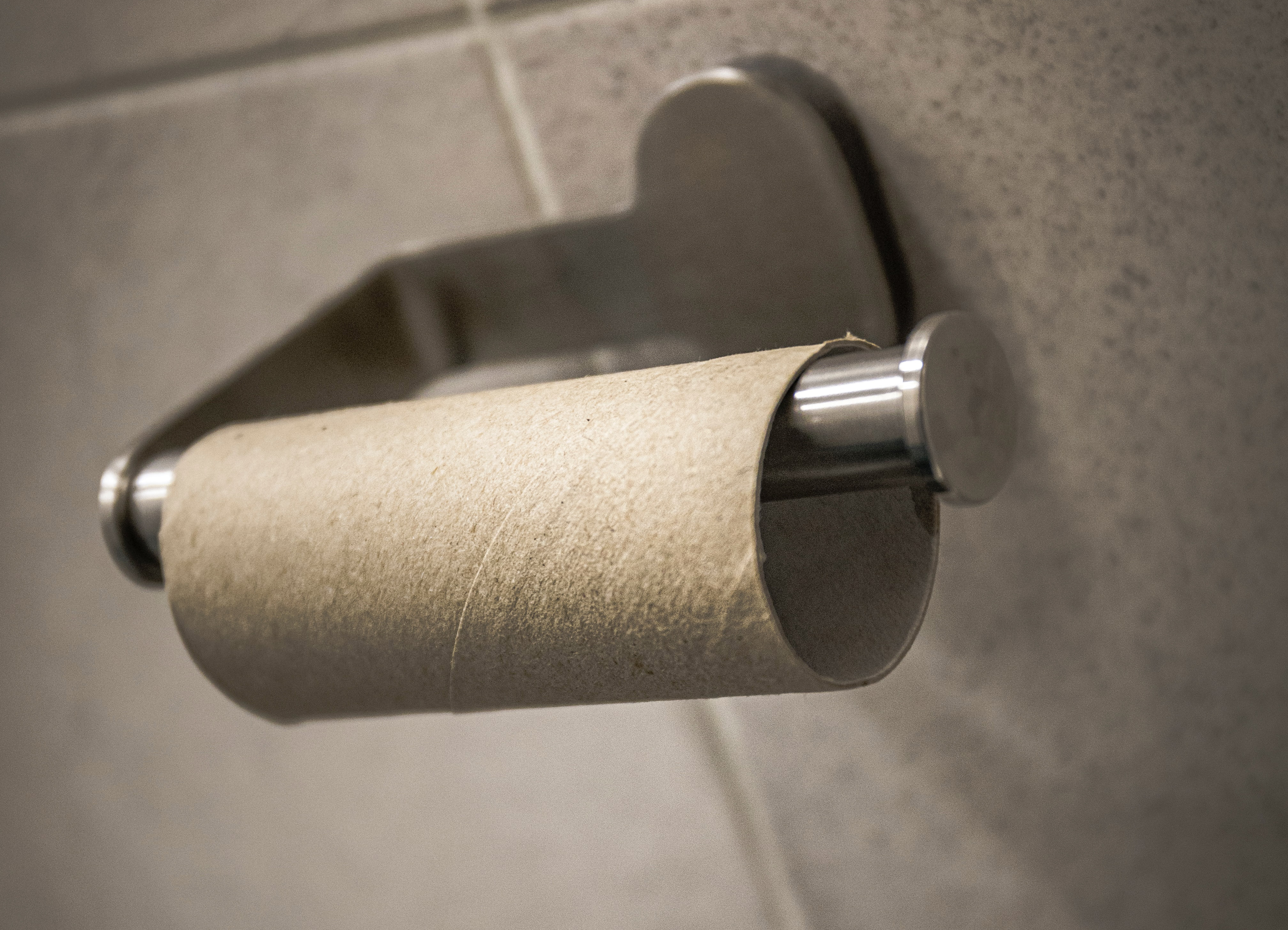A lot of questions can arise during drain cleaning service. One of the most common is in regards to when the line is cleared and the blockage is revealed to consist of toilet paper. Sure, customers expect to see tree roots, broken up asphalt and sometimes even “flushable” wipes, but they are almost always the most surprised when toilet paper is one of the main culprits in their drain blockage. It’s something most of us just expect to dissolve on its way down the drain.
Toilet clogs that mainly consist of toilet paper, sanitary towels and wipes are referred to as soft blockages and form by binding together in your pipes before cutting off the flow of wastewater. Soft blockages can also be found elsewhere, such as kitchen sinks, and are typically made up of grease, hair and soap scum. Even though toilet paper dissolves in water, the process doesn’t happen immediately, so it’s important to monitor exactly how much goes down in a single flush.
Will An Excessive Amount Of Toilet Paper Cause A Clog?
Although it varies on a case-by-case situation, using an exorbitant amount of toilet paper can heavily increase your risk of dealing with a toilet backup, as it’s too much to dissolve properly.
 Not only will using copious amounts of toilet paper increase the risk of creating recurring toilet clogs, too much bathroom tissue is also the most common cause for professional drain cleaning service. Flushing an excessive amount can actually get slowed down by a pre-existing clog or significant buildup and compound the situation, mixing with other debris sitting in your pipes.
Not only will using copious amounts of toilet paper increase the risk of creating recurring toilet clogs, too much bathroom tissue is also the most common cause for professional drain cleaning service. Flushing an excessive amount can actually get slowed down by a pre-existing clog or significant buildup and compound the situation, mixing with other debris sitting in your pipes.
Removing a toilet paper-based soft clog is best left to the professionals, with the right equipment, because the material will disintegrate but it just hasn’t had the opportunity because of a lack of water or too much debris. Letting it go, however, can lead to an emergency backup.
So, instead of wrapping a ton around your hand or using a quarter of a roll – which is something children are often guilty of – try and keep it to just a few squares. If the younger person in your home is using too much toilet paper, try drawing a line on the bottom of the roll, so they know where to tear it off – it could actually help prevent them from using way more than necessary.
Understanding The Value Of A Courtesy Flush
Separating the amount of toilet paper you use with a courtesy flush can keep things flowing and also help against causing soft clogs, along with using single-ply and septic safe toilet paper.
If you are someone who needs ample toilet paper for every bathroom visit, then the courtesy flush could be invaluable. Rather than immediately wielding a ton and throwing it in, try using half that amount and flushing, then wiping with another similar amount. Another way to monitor your usage is to switch from cushy two-ply to a more basic single-ply. Sure, we all love the comfort that the two-ply offers but folding the single ply in half actually provides the same volume without using nearly as much. Also, try not to wad it up – it can limit the breakdown.
Checking the label on your toilet paper is beneficial as well. Look for the septic safe symbol, whether you have a septic tank or not. If you have a septic tank, it is recommended to always use septic safe toilet paper, which can actually dissolve even quicker, to avoid any issues with your drainage system. It’s also recommended for use in older systems, to avoid clogs which can more easily lead to corrosion and an even bigger mess, one that could mean pipe replacement.
Has your family been using too much toilet paper recently? Don’t worry, the experts at Zoom Drain can get your lines cleared fast with our water jetting and powersnaking services. For more information, give us a call or schedule an appointment online at your nearest location today!




.0000000000000.png)
.0000000000000.png)